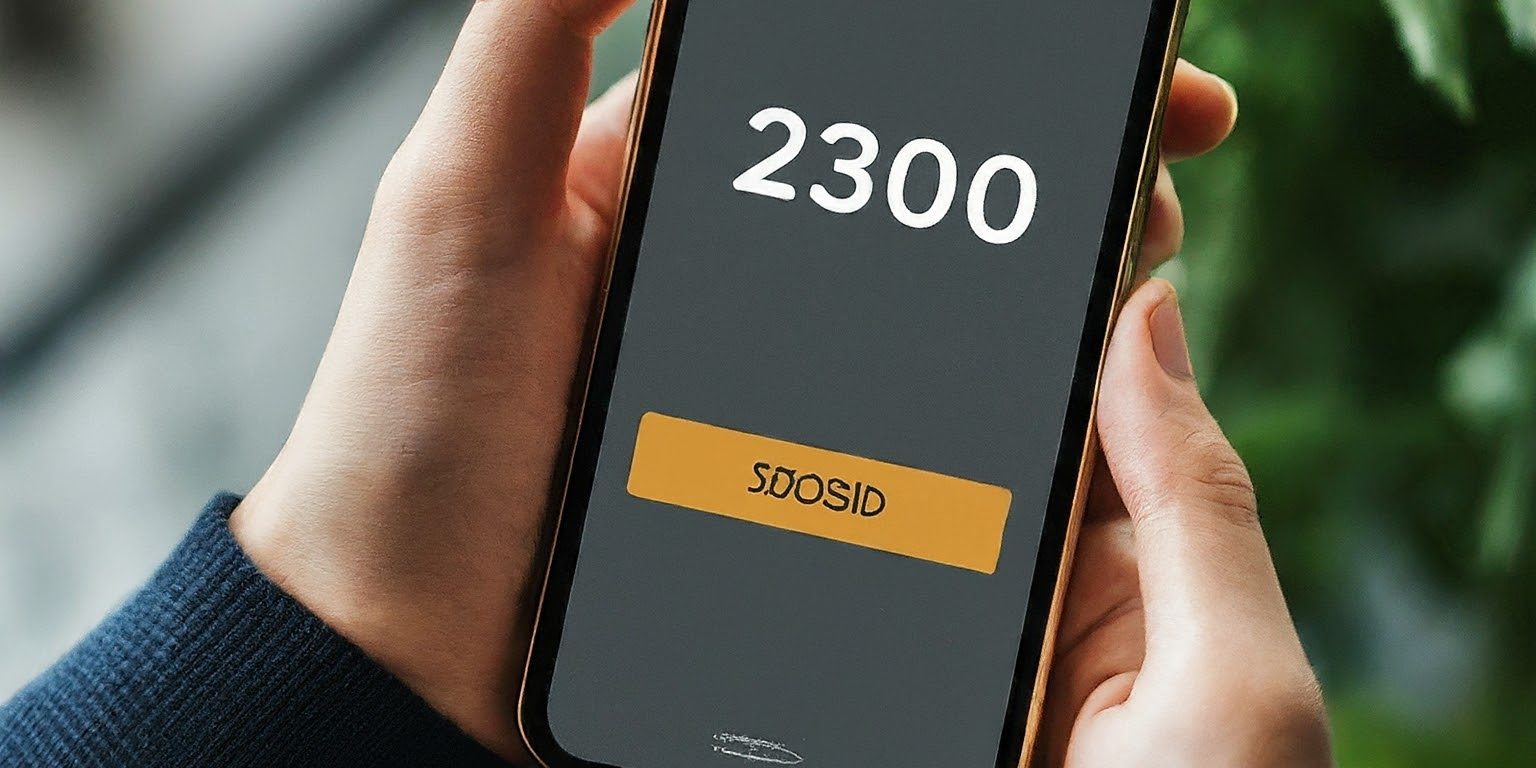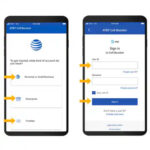If you have examined your detailed phone usage logs and found numerous entries for an “incoming text” from the number 2300, often accompanied by the location “Mauritius,” you are seeing an internal network code generated by your mobile carrier.
The 2300 incoming text is a system message that was never intended to be seen by the customer. It is a log entry confirming that your carrier—most frequently T-Mobile or a T-Mobile MVNO (Mobile Virtual Network Operator) like Google Fi—has successfully processed a specific type of data through its network.
While the log entry itself is usually harmless, the 2300 short code can also be used by third-party services that charge you directly through your bill. Understanding the source is the key to preventing “bill shock.”

-
The Definitive Identity of the 2300 Incoming Text
The 2300 short code is not a standard commercial short code (like one used for bank alerts). It is a technical routing number used by the carrier’s network infrastructure.
Primary Purpose: MMS Routing
The overwhelming majority of 2300 entries in usage logs are generated when you send or receive Multimedia Messages (MMS):
- Picture Messages: Sending or receiving any photo or video message.
- Group Texts: Group chat messages are typically routed as MMS, even if they contain only text.
Every time an MMS is processed through the carrier’s specialized hub (the MMSC), an internal log is generated, which mistakenly surfaces in the customer-facing usage history as an “incoming text” from 2300.
Decoding the “Mauritius” Tag
The word “Mauritius” often seen alongside the 2300 code does not mean the message originated from the island nation. It is a technical artifact of the carrier’s global routing infrastructure. As T-Mobile’s network is vast, data may be routed through a gateway server physically located in Mauritius as part of the process, and this location tag is accidentally included in the customer log.
-
The Second Risk: Value-Added Service (VAS) Charges
In some cases, the 2300 short code has been linked to Direct Carrier Billing (DCB), where a third-party service uses your phone number as a payment method for recurring subscriptions.
If you see an actual charge on your T-Mobile bill (not just an entry in the usage log) associated with the 2300 number, it is almost certainly due to one of these unwanted subscriptions, often for services like:
- Mobile games or ringtone subscriptions.
- Contest entries or premium content alerts.
- Unwanted Value-Added Services (VAS) that you may have signed up for accidentally by clicking a link or replying to a deceptive promotion.
Action Steps: How to Identify the Charge Source
If you have an actual charge:
- Download Your Detailed Bill: Log in to your T-Mobile account and download the full PDF bill.
- Find the Merchant Name: Look in the section detailing “Third-Party Charges” or “Apps & Content Purchases.” T-Mobile’s bill is required to list the name of the merchant associated with the charge (e.g., “Roblox,” “Sony PlayStation,” or a game publisher).
- Contact the Merchant: Once you have the merchant name, contact their customer support immediately to cancel the subscription and request a refund.
- How to Stop the Messages and Block Future Charges
Since the 2300 code has two distinct uses (MMS routing and VAS billing), the solution depends on the problem.
To Stop MMS Log Entries (Usage Log Issue)
There is no way to stop the 2300 entries from appearing in your usage logs, as it is an internal system function. You can only ignore them and understand that they are harmlessly recording your group texts and picture messages.
To Stop Unwanted Charges (Billing Issue)
If you are concerned about unauthorized subscriptions:
- Reply STOP (Immediate Fix): Send the keyword STOP (or CANCEL, END, UNSUBSCRIBE) in a text message to the number 2300. This should immediately cancel any active subscription linked to that short code.
- Block Charged Content (Permanent Fix): Contact T-Mobile Customer Support (dial 611) and ask them to add a “Charged Content Block” or “Premium Messaging Block” to your line(s). This is the most effective way to permanently prevent any third party from placing future charges on your bill without your direct approval.
Frequently Asked Questions (FAQ)
Is the 2300 incoming text going to cost me money?
If the entry is only visible in your usage log (metadata) and does not appear in the “Charges” section of your bill, it will not cost you any money. If an actual charge appears, it is a third-party subscription (VAS).
Should I block the number 2300?
No, blocking 2300 is not recommended. Blocking the short code may interfere with the delivery of necessary MMS (picture/group) messages, potentially causing you to miss parts of conversations. The better solution for unwanted subscriptions is to contact T-Mobile to add a content block to your bill.
Why does T-Mobile use this confusing system code?
T-Mobile is often singled out because its usage log system fails to filter or translate these internal routing codes into plain language for the customer. It is essentially a user-experience flaw that exposes the underlying complexity of the network.


